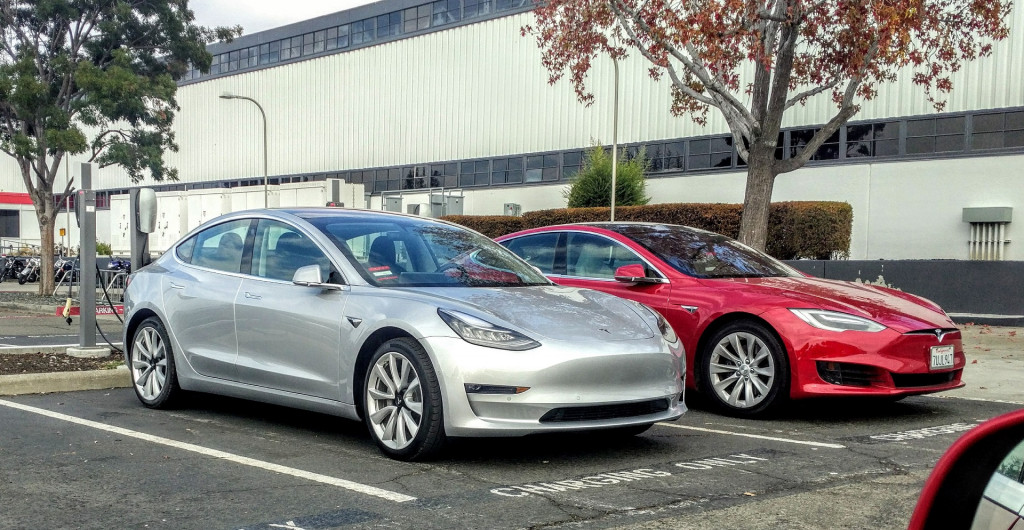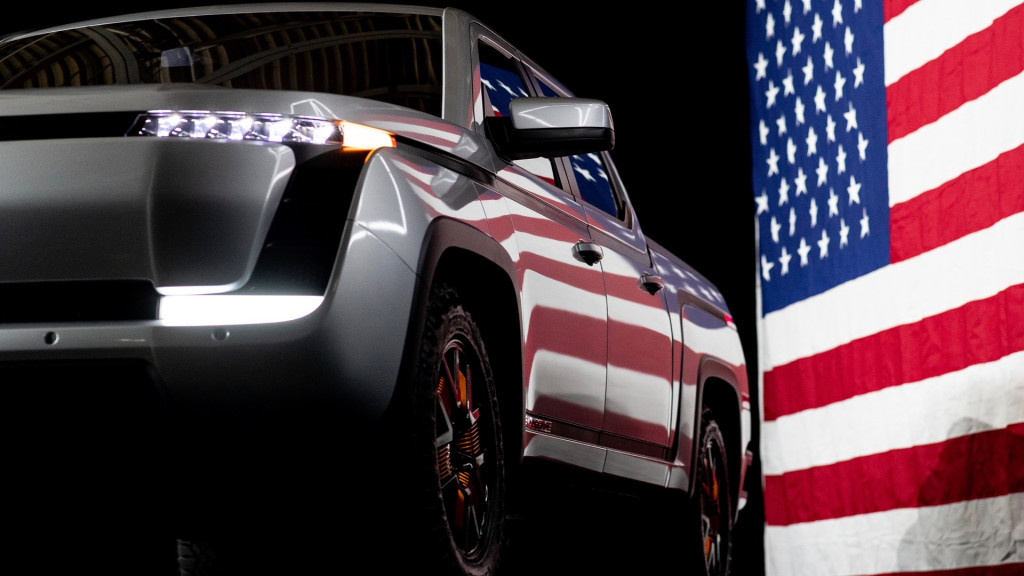As the Biden administration and Congressional Democrats push ahead on coordinated policy to strengthen U.S. manufacturing infrastructure and help pivot to electric vehicles and clean energy, one outcome is looking increasingly likely: an expansion of the EV tax credit.
As part of Oregon Senator Ron Wyden’s Clean Energy for America Act, which was marked up in a Senate Finance Committee hearing on Wednesday, an expansion of the EV tax credit—spearheaded by Michigan Senator Debbie Stabenow—would eliminate the current cap of 200,000 qualifying vehicles by manufacturer. Instead, it would phase out once 50% of U.S. passenger vehicle sales are EVs—a milestone expected to be well into the 2030s by most estimates.
The proposal, potentially part of President Biden’s $2 trillion infrastructure plan, would continue at the amount of $7,500 but include a boost of $2,500 for models that are assembled in the U.S., plus another $2,500 if the vehicles are made with production workers represented by a labor union.

Technician attaches bus-bars to lithium-ion cell stack assembly at plant in Smyrna, Tennessee
After 2025, those U.S.-made and union-made credit bonuses would be phased out, and the credit would continue solely as a $10,000 credit for EVs that are made in the U.S.
In opening remarks Wednesday, Stabenow, who was involved in the passage of the original 30D tax credit, said: “We know that the transportation sector is the largest source of greenhouse gas emissions. And it is clear that electric vehicles are a major part of our transportation future. The question is not whether they will be built. It’s where they will be built—Asia or America.”
That might potentially lead to some rejiggering of production locations—with gasoline models potentially moved to Mexico or to plants in the Southern states, which are typically non-union.
Such a scheme could benefit both GM and Tesla tremendously, as both automakers currently make in U.S. all of the electric vehicle models sold in the U.S. and have been

2017 Tesla Model 3 and Model S in Tesla assembly plant parking lot, Fremont, CA, November 2017
Tesla hit the 200,000-vehicle ceiling, triggering a phaseout period for the credit on its vehicles, in the third quarter of 2018, which brought them to a complete phaseout after December 2019. GM confirmed that it reached 200,000 qualified vehicles in the fourth quarter of 2018, meaning its credit went completely away after March 2020.
The Chevrolet Bolt EUV, for instance, would be eligible for a whopping $12,500 because it’s union-made in Michigan, while U.S. Tesla models would be eligible for $10,000 as they’re made in California but not by union labor.
The proposal would allocate about $21 billion over 10 years toward the credits for light duty vehicles and another nearly $5.2 billion for medium- and heavy-duty vehicles, with the creation of a new tax-credit program for commercial EVs and charging infrastructure.
The EV-industry trade group ZETA on Thursday called the legislation’s hearing “a positive sign for EV incentives.”
“Senator Stabenow’s amendment to the 30D tax credit, in particular, provides a substantial incentive for domestic manufacturers to produce cheaper EVs that capture the entire U.S. market,” said Joe Britton, ZETA executive director. “We were also encouraged to hear Senators engage in important conversations regarding US economic independence and a robust, responsible supply chain.”

Lordstown Endurance
Stabenow has also worked on a 30% manufacturing tax credit, currently advancing through the Finance Committee, that would allow companies to either retool existing facilities or build new ones so as to produce “advanced energy technologies,” including EV batteries, semiconductors, and more.
That legislation includes provisions aimed at incentivizing the use of existing skilled workforces and reinvesting in communities with high unemployment.
This isn’t the first time an expansion of the EV tax credit has been close to the finish line. In late 2019 it gained bipartisan support as part of a $1.4 trillion spending bill but was cut out at the last minute due to what Stabenow described as “extreme resistance” from then-President Trump.
And an expansion of the credit might not be all that’s in the works. President Biden has been suggesting that point-of-sale incentives might also be part of his plan, and there hasn’t yet been information from the Senate on how this might be reconciled. We’ve reached out to Senator Stabenow’s office for more details.













